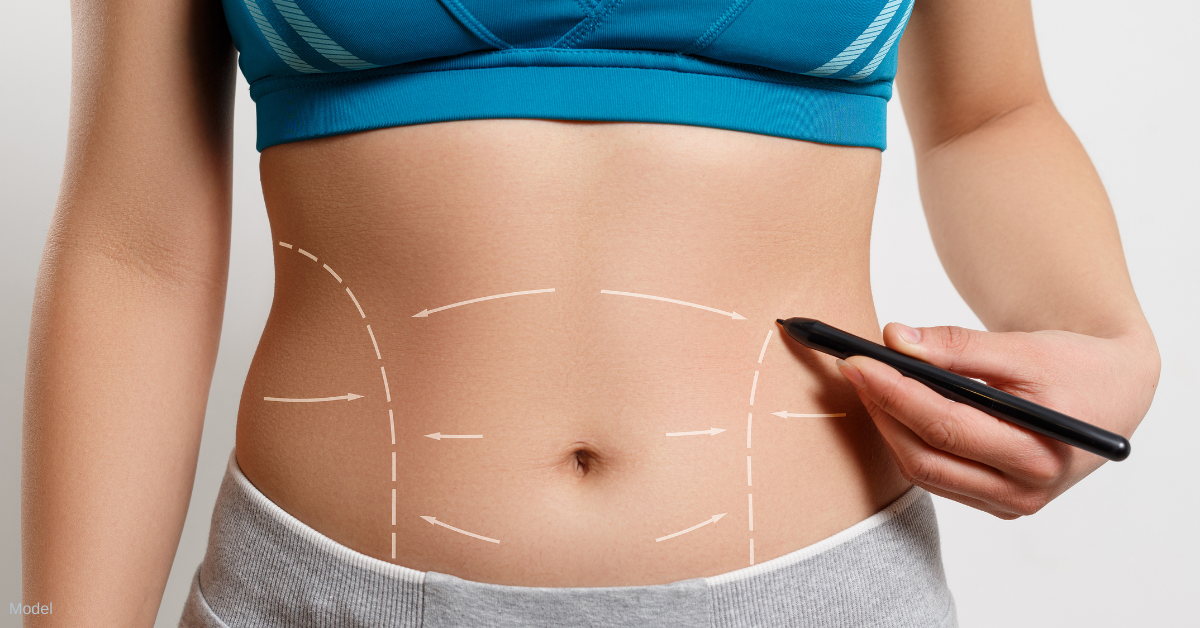Exploring the Different Liposuction Muscat Techniques
Introduction
Liposuction is a surgical procedure aimed at removing stubborn fat deposits from specific areas of the body. Liposuction Muscat is not a weight-loss solution but a body contouring procedure. Different techniques have evolved to cater to varying needs, improve safety, and optimize outcomes. Understanding these techniques can help individuals make informed decisions about their cosmetic goals and treatment options.

Process
1. Traditional Liposuction (Suction-Assisted Liposuction - SAL)Traditional liposuction involves the use of a suction device to remove fat. The process begins with the administration of anesthesia, typically general or local, depending on the extent of the procedure. A small incision is made in the targeted area, and a cannula (a thin tube) is inserted. The cannula is moved back and forth to loosen the fat, which is then suctioned out.
2. Tumescent LiposuctionTumescent liposuction is a refinement of traditional liposuction. It involves the injection of a large volume of a tumescent solution (a mixture of saline, lidocaine, and epinephrine) into the targeted area before fat removal. This solution helps to shrink blood vessels, reduce bleeding, and provide local anesthesia. The procedure is less invasive, resulting in reduced pain and quicker recovery times.
3. Ultrasound-Assisted Liposuction (UAL)Ultrasound-assisted liposuction uses ultrasound energy to liquefy fat cells before they are suctioned out. The process involves two main steps: the application of ultrasound energy through a specialized cannula to break down the fat, followed by suctioning of the liquefied fat. UAL is particularly effective in treating areas with dense or fibrous fat, such as the back or male breasts.
4. Laser-Assisted Liposuction (LAL)Laser-assisted liposuction utilizes laser energy to target and break down fat cells. A laser fiber is inserted through a small incision, and the laser energy melts the fat, which is then suctioned out. LAL also promotes collagen production, which can improve skin tightening in the treated area. This technique is often used for smaller areas or combined with other liposuction techniques for enhanced results.
5. Power-Assisted Liposuction (PAL)Power-assisted liposuction involves the use of a motorized cannula that vibrates or oscillates. This motion helps to dislodge and break down fat more efficiently, allowing for smoother fat removal. PAL is particularly beneficial for large volume liposuction or in areas with dense fat deposits. It can reduce the physical effort required by the surgeon and improve overall precision.
6. Water-Assisted Liposuction (WAL)Water-assisted liposuction uses a pulsating stream of water to loosen fat cells before they are removed through suction. The procedure involves injecting a saline solution into the targeted area to separate the fat from surrounding tissues. WAL is known for its gentleness on the tissue, reduced bleeding, and minimal bruising, making it a suitable option for many patients.
Benefits
1. Targeted Fat Removal
Each technique allows for the precise targeting of fat deposits, resulting in improved body contours and a more sculpted appearance.
2. Minimal Downtime
Modern techniques like tumescent liposuction and water-assisted liposuction offer quicker recovery times and less postoperative discomfort compared to traditional methods.
3. Enhanced Safety
Advancements in liposuction technology, such as the use of tumescent solutions and ultrasound energy, have improved safety by reducing bleeding and minimizing risks.
4. Improved Skin Tightening
Techniques like laser-assisted liposuction can promote collagen production, leading to better skin tightening and smoother results.
5. Reduced Risks of Complications
Newer methods, including power-assisted and water-assisted liposuction, are designed to minimize the risk of complications such as excessive bleeding and irregular contours.
Characteristics
1. Precision and Control
Techniques such as power-assisted and ultrasound-assisted liposuction offer greater precision and control, allowing for more accurate fat removal and improved body contours.
2. Suitability for Various Areas
Different techniques are better suited for specific areas of the body. For example, ultrasound-assisted liposuction is effective for dense fat, while laser-assisted liposuction is ideal for smaller areas and skin tightening.
3. Anesthesia Options
Procedures like tumescent liposuction and water-assisted liposuction can often be performed under local anesthesia, reducing the need for general anesthesia and associated risks.
4. Recovery and Results
Recovery times vary depending on the technique used, with some methods allowing for faster recovery and less downtime. Results also vary based on the technique's effectiveness in contouring and skin tightening.
Conclusion
Liposuction continues to evolve, offering various techniques tailored to different patient needs and treatment goals. From traditional suction-assisted methods to advanced techniques like laser and water-assisted liposuction, each approach has its own set of benefits and characteristics. By understanding these techniques, individuals can better discuss their options with a qualified surgeon, ensuring that they select the method that best aligns with their aesthetic goals and lifestyle.
